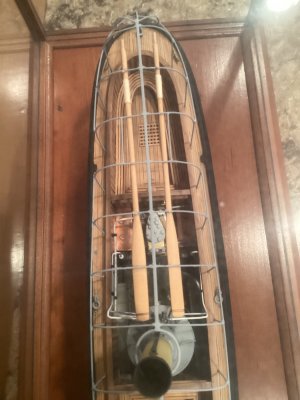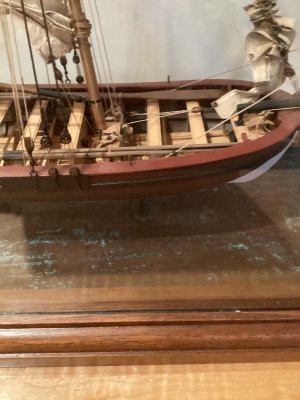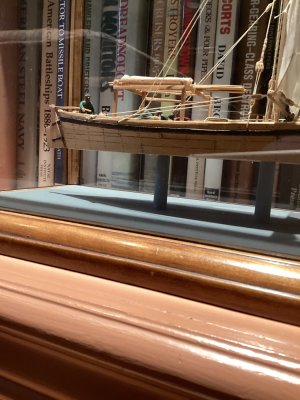The below link will get you there. Their shipping is extremely reasonable, but you have to check out before you know the cost. Fear not, it is very reasonable! Also, Swiss Pear and European Pear are pretty much the same thing, and it is steamed for color. Gilmer calls it European Pear. Speaking of such... I need to go there now for some ebony...
Gilmer Wood Company
1. Gilmer is a great supplier. Huge barn of a place in Portland, Oregon.
2. Been there a couple of times. They used to have a minimum checkout
total of a hundred bucks if you are ordering by maiI.
3. The best way to see what they have for sale is to use the internet: gilmerwoods.com.
4. The items they have in stock vary from day to day, so check daily. If you see something you can use, buy it instantly and buy as much as you can afford. Their inventory goes fast. If you wait to think about it, you probably lost it. Their wood inventory is sporadic, they only have what is available on the open wholesale market. What is available today may not be available for months or years into the future. Buy only boxwood (buxus sempervirens) if you can afford it. Box is, without question, the very best wood to work with. Second choice is Swiss Pear, or European Pear - an acceptable third choice. A fourth choice would be California Lemon wood: the stuff that grows lemons for juice.
There are lot's of other species that are/can be used (especially in kits), but I choose to use them only for firewood. The most important feature to consider is grain size - smaller is better. Color is a far second in importance. Smaller the grain, harder the wood. Smaller the grain, easier to form into small parts. Do not use any wood with a large open grain (regardless of color) - your models will look like c**p. I do not use stain, paint or varnish. I do use one (or maybe two) coats of solvent based lacquer (not water based) thinned about 20% lac and 80% solvent: think how paint thickness in real life scales to a model. The more paint/stain/varnish you use, the more your model will look like a cheap Chinese toy. Bare wood is more to actual scale.
5. Gilmer is a Premier source, check it out.










